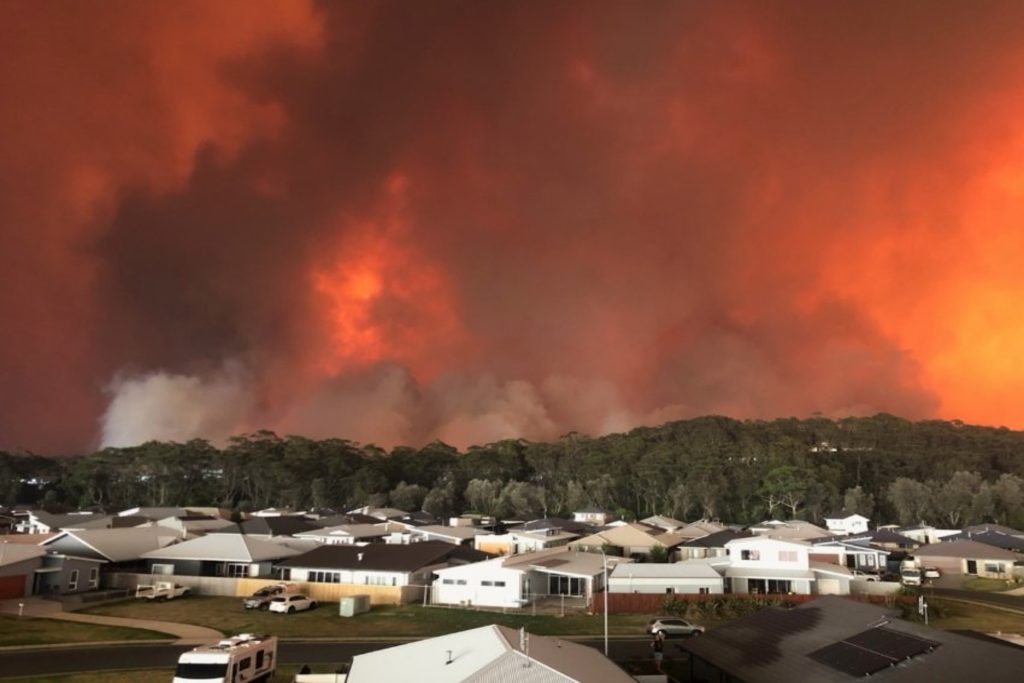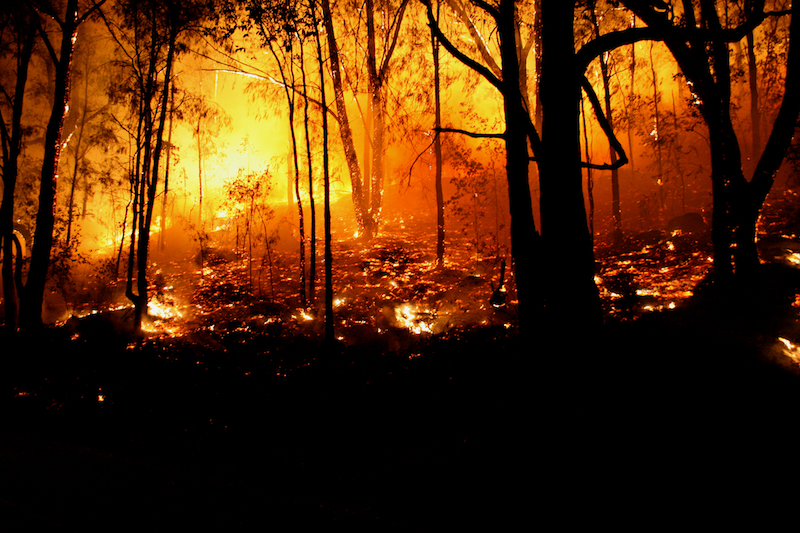Ideal Practices in Bushfire Management for Comprehensive Fire Security
In the world of bushfire administration, the quest for thorough fire security demands a meticulous strategy that includes various critical aspects. As we navigate via the nuances of these ideal methods, an exploration right into the elaborate internet of methods and methodologies awaits, assuring a deeper understanding of the complex landscape of bushfire management for thorough fire protection.
Threat Assessment and Preparation
In bushfire administration for fire defense, the preliminary action includes performing a thorough danger assessment and establishing a comprehensive strategy to reduce potential threats. Risk analysis is a vital process that includes recognizing, evaluating, and evaluating prospective threats that might lead to a bushfire. This analysis considers numerous elements such as climate condition, topography, fuel load, and human activities in the location. By recognizing these risks, fire protection authorities can prioritize locations that are most prone to bushfires and allot resources efficiently.
Adhering to the threat analysis, the following vital action is to establish a thorough strategy to attend to the identified risks. This plan should outline strategies for avoidance, readiness, action, and healing in the event of a bushfire. It ought to likewise include steps for community involvement, discharge, and interaction treatments. By having a well-defined plan in area, emergency situation solutions can act swiftly and efficiently to shield lives, building, and the setting during a bushfire outbreak. Reliable danger assessment and preparation are fundamental parts of bushfire administration for guaranteeing thorough fire security.
Plants Management Techniques
After performing a complete risk evaluation and creating a comprehensive prepare for bushfire management, the focus moves to implementing efficient plant life management techniques. Plants management plays a vital duty in reducing the strength and spread of bushfires. One crucial strategy is creating defensible area around homes by removing combustible vegetation and maintaining a secure range in between plant life and frameworks. This helps to create a buffer zone that can slow down the development of a fire and give a safer environment for firefighters to protect residential properties.
Along with developing defensible room, recommended burning is one more essential greenery management strategy. Prescribed burns entail intentionally setting fires under controlled problems to minimize the accumulation of fuel, decrease the chance of high-intensity wildfires, and advertise environment wellness. By purposefully burning locations with excess greenery, fuel degrees are decreased, making it harder for fires to spread out quickly and frantically.

Neighborhood Interaction and Education
Efficient community engagement and education are essential components in constructing a resistant and aggressive strategy to bushfire monitoring. By including neighborhood members in the planning and execution of bushfire monitoring approaches, stakeholders end up being energetic participants in protecting their homes and communities. Area engagement cultivates a feeling of shared responsibility and equips locals to take possession of their safety and security.
Education plays an essential role in outfitting individuals with the knowledge and abilities needed to alleviate bushfire dangers effectively. Giving academic sources on fire avoidance, emptying treatments, and the value of early discovery can considerably improve community readiness. Informing residents on the regional bushfire setting, including fire habits and threat elements, allows them to make informed decisions throughout high-risk circumstances.
Via ongoing interaction and education efforts, communities can create a collective understanding of bushfire threats and work collaboratively to lessen the impact of wildfires. By promoting a society of readiness and resilience, neighborhood participants can boost their ability to respond successfully to bushfire emergency situations and shield both lives and residential property.

Early Discovery and Caution Systems
Area engagement and education and learning work as foundational columns in establishing aggressive bushfire management techniques, preparing for the execution of robust very early detection and caution systems. Early detection and caution systems are crucial elements in mitigating the influence of bushfires on neighborhoods and the atmosphere. These systems include a range of modern technologies and methods targeted at recognizing and alerting authorities and homeowners to potential fire break outs swiftly and effectively.
One trick element of very early detection systems is using advanced monitoring my company technologies such as satellite imagery, drones, and climate stations to discover indicators of potential fire ignition. These innovations give real-time data that can be assessed to determine fire-prone locations and trigger early warnings. Furthermore, the assimilation of community-based monitoring networks and automated alert systems can improve the efficiency of very early discovery initiatives by entailing residents in reporting prospective fire dangers and obtaining prompt warnings.
Effective early detection and warning systems depend on a multi-faceted technique that incorporates technical technology, community involvement, and swift emergency action procedures to ensure the timely and coordinated management of bushfire incidents. By buying these systems and fostering collaboration between stakeholders, neighborhoods can improve their durability to bushfires and decrease the affiliated threats.
Emergency Situation Feedback and Discharge Plans
A well-coordinated and extensive emergency response and discharge plan is essential for successfully protecting lives and home throughout bushfire incidents. These strategies ought to be meticulously crafted, taking right into account aspects such as the topography of the area, the thickness of greenery, and the possible rate and direction of the fire's spread.
One important aspect of an emergency situation reaction strategy is the establishment of clear interaction channels to share accurate and prompt information to citizens and emergency responders. This can consist of using alarms, mobile notifies, social media, and area meetings to make sure that everyone is notified and recognizes what actions to take.
Emptying courses should be pre-identified and routinely preserved to guarantee they come during emergencies. In addition, designated emptying facilities should be established to supply sanctuary, medical help, and assistance services to evacuees.
Routine drills and workouts are essential to familiarize homeowners with evacuation procedures and examine the performance of the plan. By constantly assessing and upgrading emergency situation feedback and evacuation plans, neighborhoods can boost their readiness and durability despite bushfire hazards.
Conclusion
Finally, efficient bushfire administration needs a detailed strategy that consists of danger evaluation, plants monitoring, area involvement, early detection systems, and emergency reaction plans. By carrying out these finest methods, neighborhoods can much better secure themselves from the devastating influences of bushfires - BAL Report. It is vital to prioritize proactive measures to mitigate the risks posed by bushfires and ensure the safety and security and health of people and neighborhoods in danger
After conducting a detailed danger evaluation and establishing an extensive that site plan for bushfire management, the emphasis moves to executing reliable greenery management methods.Reliable neighborhood involvement and education are vital elements in developing a positive and resilient technique to bushfire administration. By entailing neighborhood members in the preparation and implementation of bushfire monitoring methods, stakeholders become energetic participants in guarding their homes and communities.Neighborhood engagement and education and learning serve as fundamental pillars in developing positive bushfire monitoring methods, laying the foundation for the application of durable early discovery and caution systems.In final have a peek at this website thought, reliable bushfire administration requires a detailed method that consists of threat assessment, plants monitoring, community involvement, early discovery systems, and emergency situation reaction strategies.